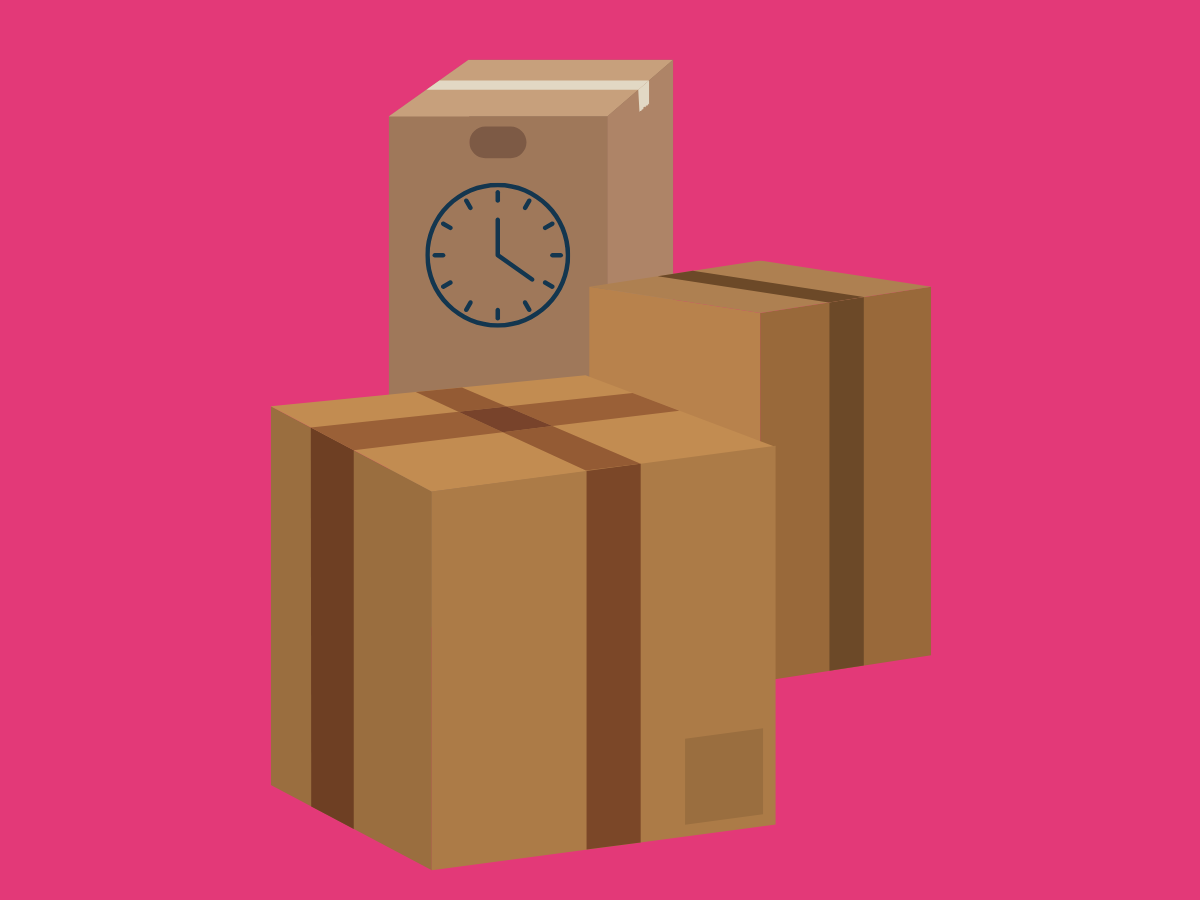How homeware retailers increase conversions: 8 examples that actually work

Homeware shopping is different. People browse longer, compare more, and abandon shopping cart items faster than almost any other retail category. Your customers are imagining how that sofa will look in their living room while simultaneously calculating shipping costs and questioning their life choices.
The numbers tell the story. Homeware has one of the highest cart abandonment rates in eCommerce at 90%+. People add a £400 dining table to their cart, then remember they need to measure their dining room. They never come back.
Here's how successful retailers use eCommerce CRO tactics to fix the conversion problem.
1. Bundle the obvious together
The tactic: Group items customers always buy together into one-click purchases.
Why it works: Homeware purchases are rarely single items. People buying a bed need sheets. People buying a dining table need chairs. Bundle the obvious and remove decision fatigue from the customer experience.
Implementation tips:
- Analyze purchase history to identify natural pairs
- Price bundles to offer genuine savings through discounts and promotions
- Show savings clearly: "Buy together and save £89"
- Make individual items still available for skeptics
2. Show the shipping math early
The tactic: Use free shipping thresholds strategically for large items.
Why it works: Large homeware items have scary shipping costs. A £200 armchair with £45 delivery feels expensive. A £245 armchair with free delivery feels reasonable. This psychological shift improves conversions without complex discounts and promotions.
Implementation tips:
- Set thresholds slightly above your average order value
- Show progress toward free shipping in the shopping cart
- Use personalization to suggest specific items to reach the threshold
- Be transparent about shipping costs from the start

3. Target the commitment-phobic
The tactic: Extended returns for expensive purchases reduce purchase anxiety.
Why it works: Homeware mistakes are expensive and hard to hide. That bright yellow accent chair looked great online but clashes with everything you own. Extended returns improve the customer experience and boost conversions.
Implementation tips:
- Offer longer returns for high-value items
- Make the return process clear and simple
- Highlight your return policy on product pages
- Use it as a differentiator: "Try it for 90 days"
4. Fix the "let me measure" problem
The tactic: Capture browsers who leave to measure with save-for-later campaigns.
Why it works: Measurement is the biggest conversion killer in retail homeware. People add items to their shopping cart, realize they need to check if it fits, and disappear forever. This personalization brings them back.
Implementation tips:
- Make saving items easy and obvious
- Email saved items with helpful information
- Include dimensions in follow-up emails
- Add room planning tools to your site
5. Make room refresh easy
The tactic: Style-based recommendations that complete the look.
Why it works: Most people lack interior design confidence. They know they want their room to look good but don't know how to achieve it. Be their decorator and watch conversions improve.
Implementation tips:
- Create style guides for popular aesthetics
- Show complete room setups, not just individual items
- Use "customers also bought" data intelligently
- Train your algorithm on style compatibility, not just purchase history
6. Handle the partner consultation
The tactic: Wishlist sharing with incentives for joint purchases.
Why it works: Home purchases are rarely solo decisions. That £600 coffee table needs spousal approval. Most eCommerce platforms ignore this completely. Fix this gap in your customer experience.
Implementation tips:
- Make sharing wishlists simple
- Offer incentives for collaborative purchases
- Send gentle reminders to shared contacts
- Show items others have viewed or shared
7. Turn browsers into buyers
The tactic: Time-sensitive offers for visitors showing exit intent.
Why it works: Homeware shopping has long consideration periods. People visit multiple times before buying. Create urgency to push conversions over the line.
Implementation tips:
- Trigger offers on exit intent, not immediately
- Make time limits realistic but urgent
- Personalize offers based on browsing behavior
- A/B test different discount levels and time frames

8. Reward the big spenders
The tactic: Tiered spending incentives that add real value to large purchases.
Why it works: High-value homeware purchases deserve high-value perks. Free assembly on a £1,200 dining set feels significant. Free assembly on a £150 side table feels pointless. Smart retail psychology.
Implementation tips:
- Tier incentives logically with purchase values
- Offer services, not just discounts
- Make thresholds achievable with small additions
- Clearly communicate all tier benefits
Making it work for your store
Start with your biggest pain points. Most retail businesses try to fix everything at once. Pick one problem.
High shopping cart abandonment? Implement shipping threshold offers and exit intent campaigns.
Long consideration periods? Add save-for-later functionality with helpful follow-up emails.
Low average order values? Test bundle recommendations and tiered spending incentives.
Lots of returns? Extend return periods for expensive items and improve product information.
The key to successful eCommerce CRO is testing one change at a time. Your eCommerce platforms probably offer A/B testing tools. Use them.
Measure what matters
Track these metrics to see what's working:
- Conversion rate by product category
- Average order value trends
- Time between first visit and purchase
- Cart abandonment rate by cart value
- Return rate by product type
The bottom line
Homeware conversion optimization isn't about pushing harder. It's about removing the friction between "I like this" and "I'll buy this."
People abandon homeware shopping cart items for specific, predictable reasons. They need to measure. They need approval. They're worried about shipping costs. They're scared of making expensive mistakes.
Fix these problems systematically and your conversions will improve. Ignore them and watch visitors browse forever without buying anything.
Smart retail businesses understand that customer experience beats aggressive discounts and promotions every time. Most eCommerce platforms give you the tools. You just need to use them correctly.
Test these tactics. Measure the results. Keep what works. Scrap what doesn't.






